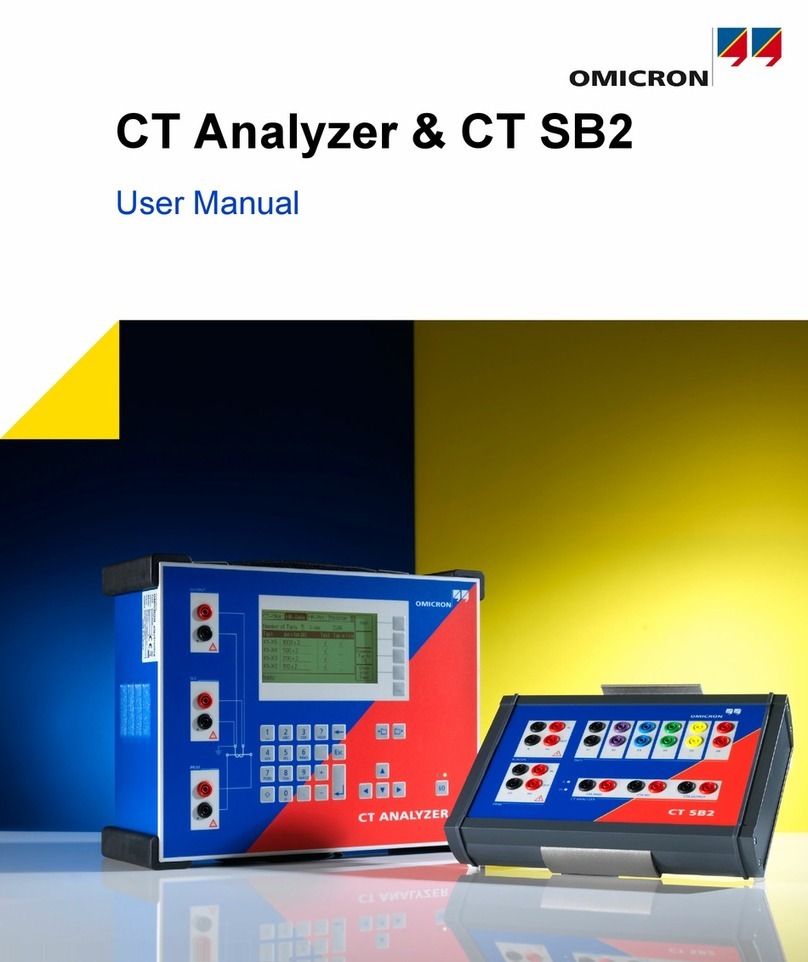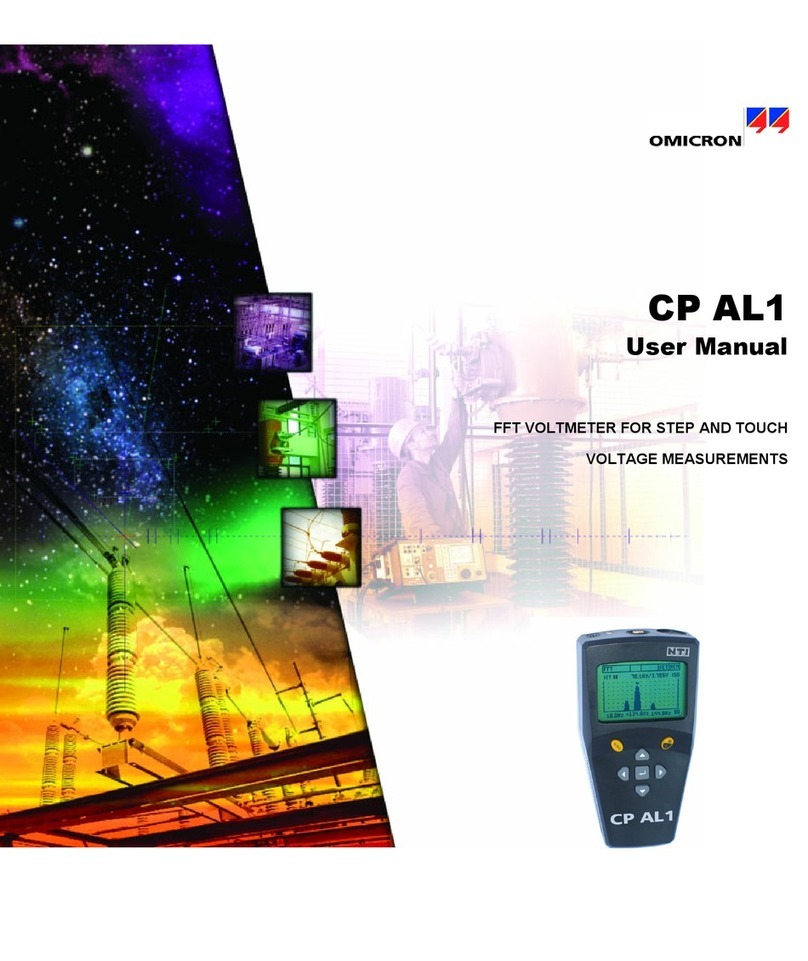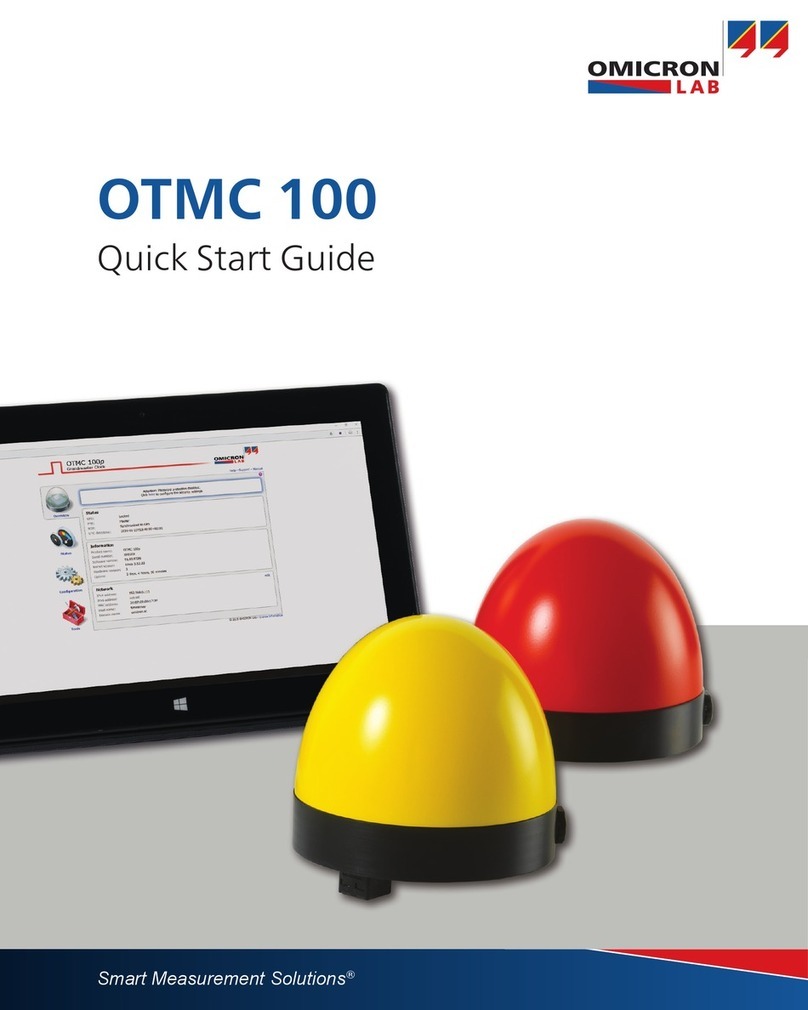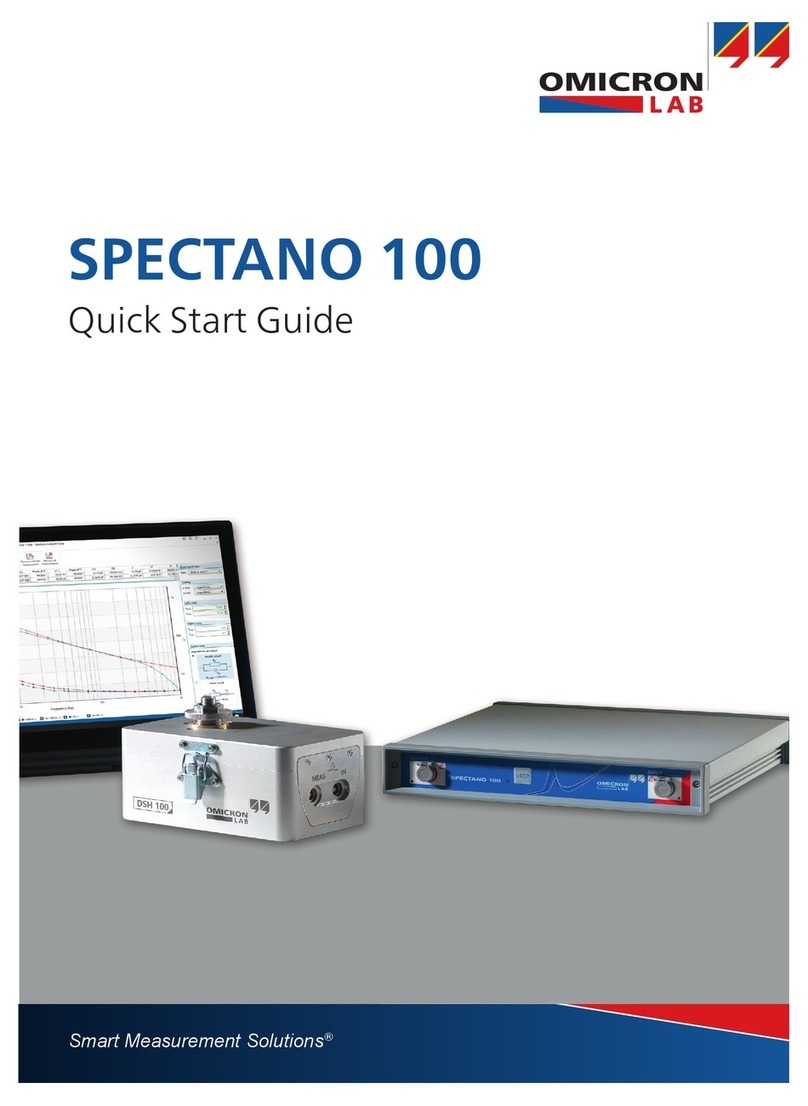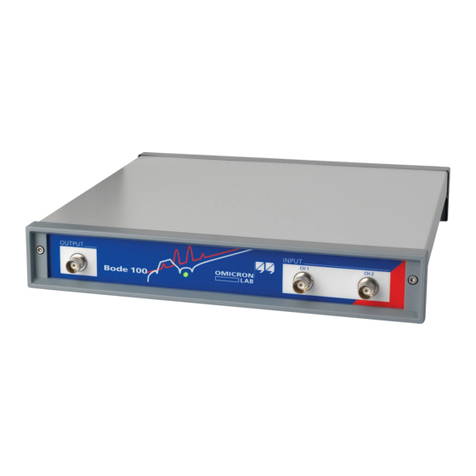
Contents
1 Safety instructions 5
1.1 Operator qualifications ................................................................................................................ 5
1.2 Rules for use ............................................................................................................................... 6
1.3 Designated use ........................................................................................................................... 6
1.4 Disclaimer ................................................................................................................................... 6
1.5 Cleaning ...................................................................................................................................... 6
2 Compliance statements and recycling 7
2.1 Compliance statement ................................................................................................................ 7
2.2 Information for disposal and recycling ......................................................................................... 7
3 Bode 100 and accessories 8
3.1 Delivered items ........................................................................................................................... 8
3.2 Optional accessories ................................................................................................................... 9
4 Technical data 10
4.1 Absolute maximum ratings .......................................................................................................... 10
4.2 Bode 100 specifications .............................................................................................................. 11
4.3 Power requirements .................................................................................................................... 12
4.4 System requirements .................................................................................................................. 12
4.5 Environmental requirements ....................................................................................................... 13
4.6 Mechanical data .......................................................................................................................... 13
5 Device overview 14
5.1 Connectors .................................................................................................................................. 14
5.2 Block diagram ............................................................................................................................. 16
5.3 Functional description ................................................................................................................. 17
5.4 Hardware revisions ..................................................................................................................... 17
6 Bode Analyzer Suite introduction 18
6.1 Start screen ................................................................................................................................. 18
6.2 Main window ............................................................................................................................... 19
6.2.1 Measurement configuration .......................................................................................... 21
6.2.2 Trace configuration ....................................................................................................... 23
6.2.3 Ribbon controls ............................................................................................................. 25
6.2.4 Status bar ..................................................................................................................... 27
6.3 Chart context menu ..................................................................................................................... 28
6.4 Options menu .............................................................................................................................. 29
6.5 Hardware setup ........................................................................................................................... 32
7 Measurement types and applications 34
7.1 Gain measurement introduction .................................................................................................. 35
7.2 Impedance measurement introduction ........................................................................................ 37
7.3 Vector Network Analysis ............................................................................................................ 41
7.3.1 Transmission / Reflection ............................................................................................ 41
7.3.2 Gain / Phase ................................................................................................................. 47
7.3.3 Reflection with external coupler .................................................................................... 48
7.4 Impedance analysis ................................................................................................................... 49
7.4.1 One-Port ....................................................................................................................... 49
7.4.2 Impedance Adapter ...................................................................................................... 59
7.4.3 Shunt-Thru .................................................................................................................... 64
7.4.4 Shunt-Thru with series resistance ............................................................................... 65
7.4.5 Series-Thru ................................................................................................................... 66
7.4.6 Voltage/Current ............................................................................................................. 67
Contents
OMICRON Lab 3
